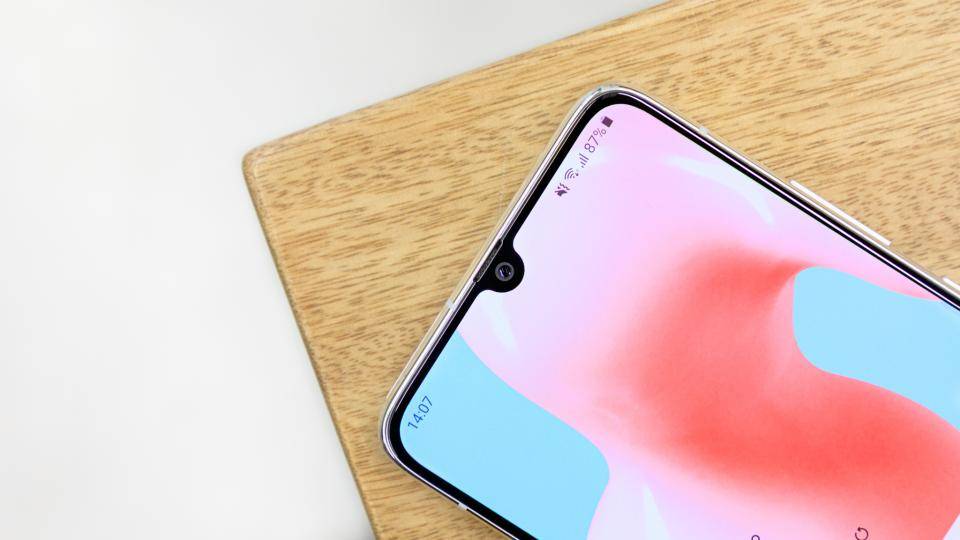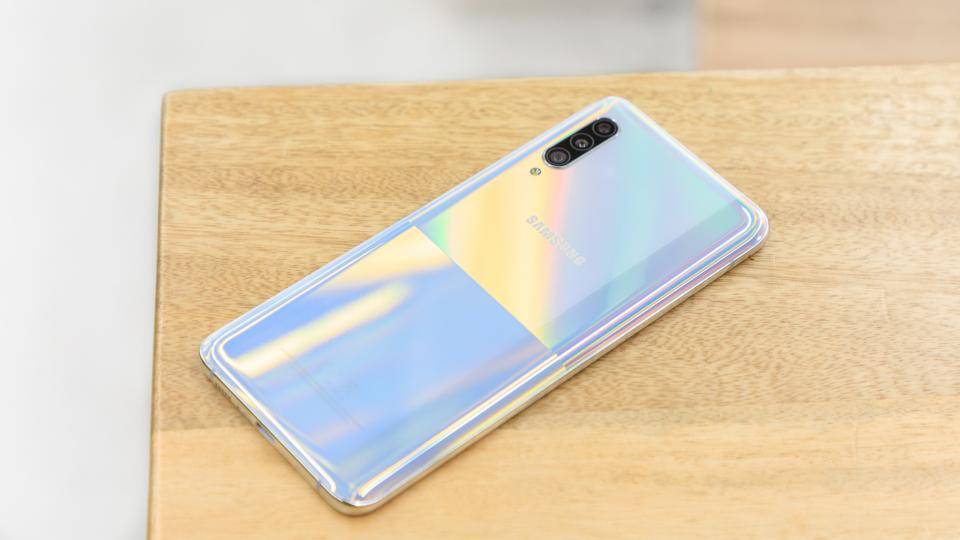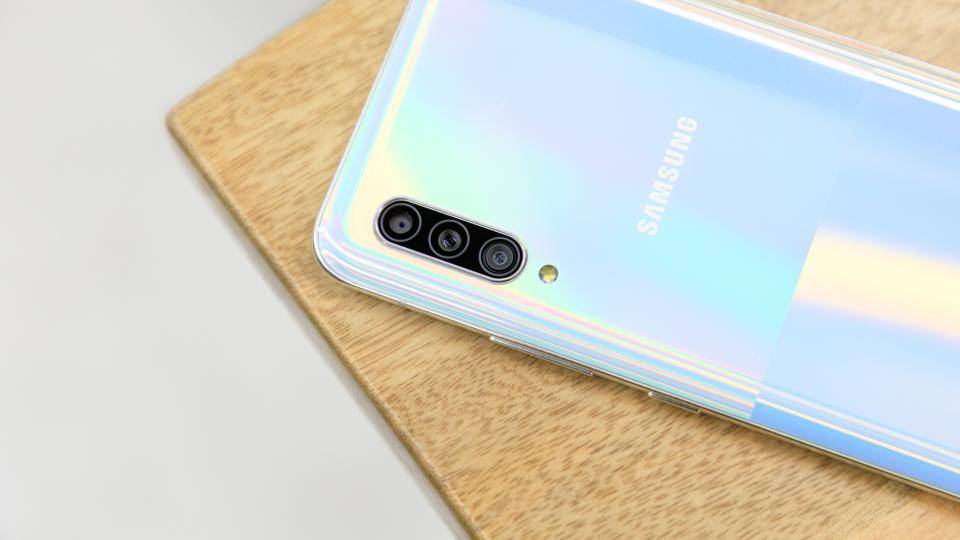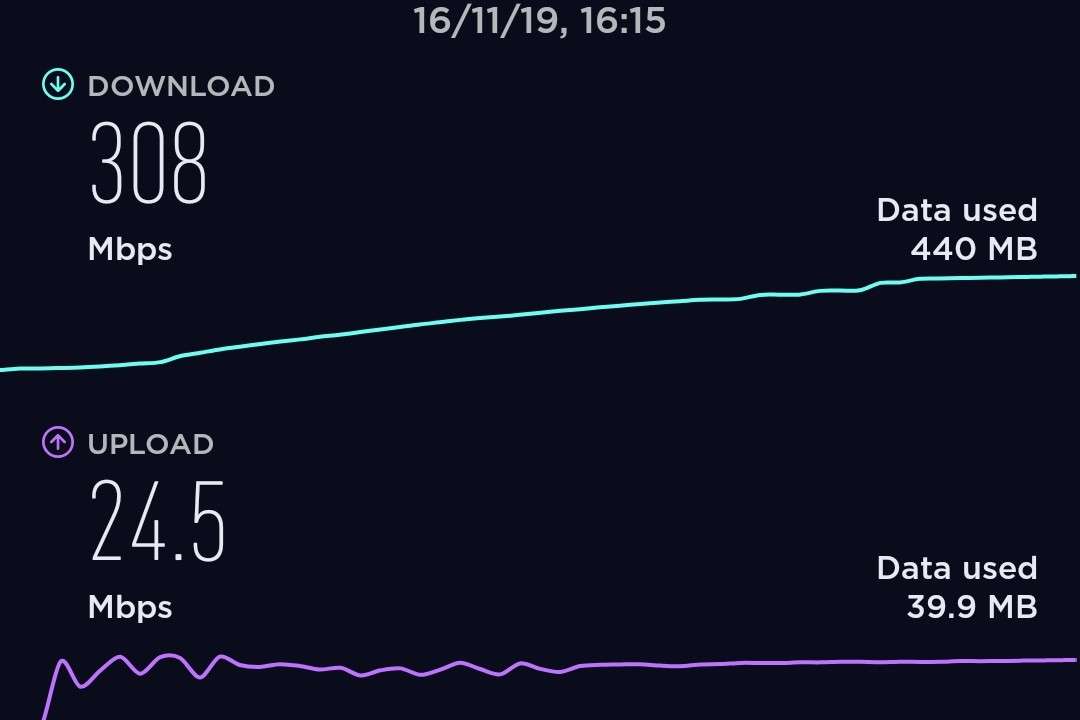Samsung Galaxy A90 5G review: Affordable(ish) 5G
2019 is the year of 5G. Well, kind of. You may have access to 5G if you live in a few hot spots throughout the UK and a small handful of smartphones are already equipped to take advantage of these faster mobile data speeds, but they tend to be flagship phones that cost a pretty penny.
Samsung’s Galaxy A90 5G is the first attempt to correct this injustice. It was originally pitched as a mid-range phone that hopes to offer 5G performance to people that don’t need the very latest innards, but now that the phone is finally in my hand, it feels and looks like a flagship product. So, what’s the catch?
Buy Samsung Galaxy A90 5G
Samsung Galaxy A90 5G review: What you need to know
If you think of Samsung Galaxy phones, chances are your mind jumps to the Note and S series flagships. After all, they do tend to be the main focus of Samsung’s TV adverts, but there’s actually a couple of tiers below that: the A (midrange) and J (budget). Historically speaking, they’ve both proved to be dependable choices for lighter wallets, with the Galaxy A50 and A70 excelling when we reviewed them earlier this year.

So you’d expect the A90 5G to follow a similar pattern, only with the addition of 5G. Strangely, that’s actually not the case. The A90 5G has the same Snapdragon 855 processor as the S10 and Note 10 range, and a generous 6GB of RAM for day-to-day processing. There are even three cameras on the back.
Samsung Galaxy A90 5G review: Price and competition
The Samsung Galaxy A90 5G sells for £669 – considering the Galaxy A70 is available for £300 less , that’s quite a big jump. However, should you decide to put it against other 5G-capable phones, suddenly the A90 5G looks like a bona-fide bargain. Samsung’s own S10 5G sells for £1,099 , while the Note 10 Plus 5G is around the same .
Even Xiaomi, which is known for undercutting other manufacturers where it counts, has a 5G offering that will set you back around £780 .

Samsung Galaxy A90 5G review: Connectivity
I’m taking a break from our usual list of headings here, but as this is a dedicated 5G handset, it would be remiss not to talk about 5G and whether it’s a service worth buying into right now.
The short answer at this stage is no. We’ve no doubt it is the future, but whether it will be for much of your two-year contract is much less certain.


That’s the fastest speed we achieved – and is a speed of roughly three times my Virgin Media connection at home which all seems very exciting, until you remember that 5G can theoretically hit speeds of 10Gbits/sec. Indeed, the speed managed above is only around what 4G+ can hit in optimal conditions (300Mbits/sec), and this is at a time when there will be next to no traffic sharing the 5G bandwidth. Also, my scores were highly variable. For most of these tests, I was sitting at a table at a pub in Hammersmith just repeating the test over and over again (until I realised it was costing 400MB in data each time, at which point I stopped. Sorry Vodafone.)
So the speeds are kind of impressive, but is it worth the extra cost? Not for me – give it at least six months and probably closer to 18 before it’s worth the cost of entry. By which point, counterintuitively, it’ll no longer have said prohibitive cost attached.
Samsung Galaxy A90 5G review: Design
The Galaxy A90 5G has all the good looks of the rest of Samsung’s line of flagships – say what you like about the South Korean giants, but they certainly know how to make a sleek-looking smartphone. Like the S10 and Note 10, there’s very little bezel to speak of, with only a couple of millimetres surrounding the edge of the screen. Unlike other flagships, the front-facing camera is housed in a small circular notch, rather than sitting as a standalone cutout.
Samsung Galaxy A90 5G review: Screen
To save a bit of money, the A90 has a bog standard Full HD+ (2,400 x 1,080) screen rather than pushing for 2K resolution like past Samsung handsets. For the record, I’m fine with this: 1080p is fine, even on a 6.7in screen like this one, and it saves both cost and battery life, so feels like a win-win situation to me.
Buy Samsung Galaxy A90 5G That’s especially true when the screen is as good as this one. It’s an AMOLED display with, according to our trusty colorimeter, an sRGB coverage of 99% and a gamut volume of 106.9%. Being AMOLED, contrast is infinite, and these things add up to a screen with vibrant, accurate colours. It’s great for reading, great for Netflix and great for anything else you care to throw at it.
Samsung Galaxy A90 5G review: Performance
Unusually for a European Samsung phone, the A90 5G arrives with a Qualcomm Snapdragon chip rather than Samsung’s Exynos equivalent. Performance is usually indistinguishable between the two, so it’s not a positive or negative – just a little unusual. In this case, the Exynos 9820 used on the S10 family (including the 5G model) is replaced with a Snapdragon 855. Both are lightning fast, as the benchmarks below show:
The A90 5G is faster in multi-core tests, while the S10 wins in single-core. It’s all much of a muchness anyway, as you can see: all the top-end handsets perform pretty similarly, whether they’re 5G-enabled or not. The A70 is about half the speed of all of them, but then it is a third of the price of the S10 5G so that seems fair enough. If you thought that graph was dull, then you’re in for a treat here, because in graphics-processing tests there’s even less to separate the phones:
The bottom line is that if you care about 5G, then you won’t be missing out on much by not paying more for the S10 5G or the Mi Mix 3 5G. If you don’t care about 5G, then you won’t be missing anything by saving more money and opting for the OnePlus 7T or plain old S10. That is unless you care about battery life, where the A90 5G is an absolute champion.
In our standard battery tests where we set screens to 170cd/m2, engage airport mode and pop on a looped video, the Samsung Galaxy A90 5G lasted a whopping 23hrs 38mins. That’s around six hours longer than the vanilla S10.
Samsung Galaxy A90 5G review: Camera
The Galaxy A90 5G comes with a triple camera array consisting of a main 48-megapixel, f/2.0 lens, supported by an 8-megapixel wide-angle lens and a 5-megapixel depth sensor (both f/2.2).
Compare it to the OnePlus 7T’s pictures taken in exactly the same conditions, and it’s basically a dead heat – although the A90 5G offers slightly more muted tones, which some prefer.
It’s a similar story indoors, where it’s even harder to tell the difference between the two. The A90 5G just about edges it, but only because of the slight increase in colour and detail on the figure in the bottom left-hand corner.
Selfies from the 32-megapixel front-facing camera are as good as you’d expect. Mercifully, Samsung hasn’t gone overboard on the beauty modes as with previous handsets – the picture on the left is with beauty off, and the one on the right is with every setting turned up to max.
Video performance, however, is a weak spot. The A90 5G lets you tinker with the way that video is recorded, letting you capture footage at 720p, 1080p or 4K resolution, with the option to up it to 60fps at 1080p. Doing so loses stabilisation, which wasn’t exactly stellar in the first place and essentially makes footage unusable. We also witnessed some unfortunate blurring on the 60fps footage, which is a pity as the quality of images was pretty reasonable, despite some crushing of the blacks.
The lack of stabilisation, though, is pretty unforgivable. We know that the Snapdragon 855 is capable of recording stabilised footage at 4K, so the weak performance here is just sloppy. Especially when Jon was full of praise for the video with the Galaxy S10 Plus .
Samsung Galaxy A90 5G review: Verdict
Buy Samsung Galaxy A90 5G
That quibble aside, it’s completely positive. At this point, Samsung certainly knows how to make a quality smartphone, and the Galaxy A90 5G is another example of this. If you absolutely must have a 5G phone today, then this – for my money – is nearly as good as its rivals, and several hundred pounds cheaper. It’s a no brainer.
